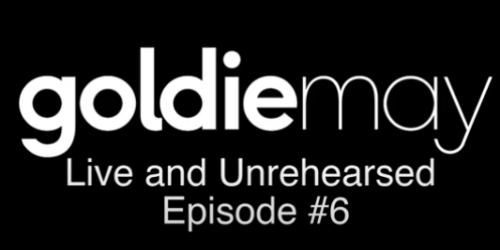I have spent a great portion of my life both working and as a patron in libraries. I started going to the Phoenix Public Library in Phoenix, Arizona when I was about 8 years old and was a constant patron of that and other libraries as I grew up. Much later, during my years at the University of Utah, I worked as a bibliographer and later at the Arizona State University Law School as a Reference Desk Librarian. Beginning in about 2004, I began serving at the Mesa FamilySearch Library (Formerly the Mesa Regional Family History Library and now abandoned) in Mesa, Arizona and now serve at the BYU Family History Library in the main Harold B. Lee Library on the campus of Brigham Young University. For one year, in 2018, my wife and I served as FamilySearch Acquisition Missionaries digitizing documents at the Maryland State Archives in Annapolis, Maryland which are now mostly on the FamilySearch website. My working life was mostly spent as a trial attorney in Arizona and doing extensive research in law libraries and ultimately online. I only go through this short summary of some of my background to give you an idea that I just might know what I am talking about.
I have written about this before, but it is time to get back into the heart of library research and once again write about catalogs, especially the catalogs used by the major online genealogy websites with a focus on the FamilySearch.org website catalog.
First of all, library catalogs are organized finding aids. Once a collection of books, documents, and other items goes beyond a level it is indispensable to have some sort of organization. Rather than go through the long history of library cataloging systems and such, I would point you to a dozen or so videos on the BYU Family History Library YouTube Channel. Simply click on the tab to the videos and do a simple search for “catalog.” You will see a list of videos such as “How does the FamilySearch Catalog work?”
Now let’s look at the FamilySearch Catalog. First of all, not all the resources on the website are cataloged in the same way. The main FamilySearch Catalog is based on the original 3 x 5-inch paper catalog in the original Family History Library in Salt Lake City, Utah like the one shown in the image above. However, the FamilySearch.org website has a section called Genealogies that is not included in a search of the Catalog. In addition, huge collections of documents and records are cataloged (organized) into individual collections, i.e. catalogs within the main catalog. One example is the Family Group Records Collection, Archives Section, 1942-1969 containing 5,337,178 images. You can see an extensive discussion of this and other similar collections in the FamilySearch Research Wiki article, “Family Group Records Collection.” If you would like to start to understand what I am writing about, go to the FamilySearch.org website and using the Catalog, try and find these collections. If you read the Research Wiki article, you will see that the main collection is said to be only on microfilm. Contrary to this statement, the main collection is digitized but not searchable except by looking at the sheets in a sort-of alphabetical order.
I could write an entire book about just what is and what is not in the FamilySearch Catalog. It is far easier to do a Google search of the website as long as you happen to know that a collection exists that using the Catalog. But this is not the real reason for this particular post.
The main issue with the FamilySearch Catalog and with other such catalogs is that the organization, although superficially appearing to be comprehensive, is arbitrary and capricious. Now to some concrete examples.
This is a reference to an Images entry from FamilySearch.org Catalog.
Paris, Bourbon, Kentucky, United States
May 14, 1953–Dec 31, 197
Cemetery Records, Directories, Genealogy Records, History Records, Marriage Banns Records, Newspapers, Periodicals, Society Records
956 images
August 4, 2018
https://www.familysearch.org/records/images/search-results?page=1&place=4123940
Here are some of the records that are actually included in this listed item.
Inventory of the County Archives of Indiana, Switzerland County, W.P.A.
Directories: 1976
Place: Fellsburg, Edwards, Kansas, United States
Record Type: Directories
Date 1976
The date of 1976 has nothing to do with the records, it is an acquisition date by the library. Here is another example from this same collection.
Place: Painesville, Lake, Ohio, United States
Record Type: Genealogy Records
Date: 1976Again, the date is not the date of the records, it is the date of acquisition. There are other records in this mis-cataloged collection. What I have found is that the catalog entry may or may not have anything to do with the content. In this collection, the only Paris County record is this:History Records
Place: Paris, Bourbon, Kentucky, United States
Record Type: History Records
This record is actually a memoir entitled:
Note the word romantic (this item is apparently a semi-fictional tribute).
This record is followed by Ward Records from Moore, Butte, County Idaho.
By the way, the Moore, Butte County, Idaho ward records are at
and in a book with the call number of 979.659 K2kWhat is missing from the items in the original catalog entry are any cemetery records, directories, genealogy records, marriage bans records, newspapers, periodicals, society records or anything useful at all about Paris, Bourbon, Kentucky.






